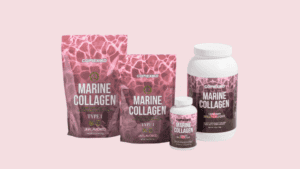Last Updated on April 29, 2025 by Packoi Team
When it comes to marketing your food products, packaging plays a crucial role in attracting customers and standing out from the competition.
The right packaging not only protects your food items but also communicates your brand’s personality and values. With so many different types of food packaging available today, choosing the right one can be overwhelming.
That’s why we’ve compiled a list of 13 common types of food packaging that you can consider for your brand. From glass containers to jars to pouches, we’ve got you covered! So, let’s dive in and explore the options that can help you make a lasting impression on your customers.
The Significance of Food Packaging
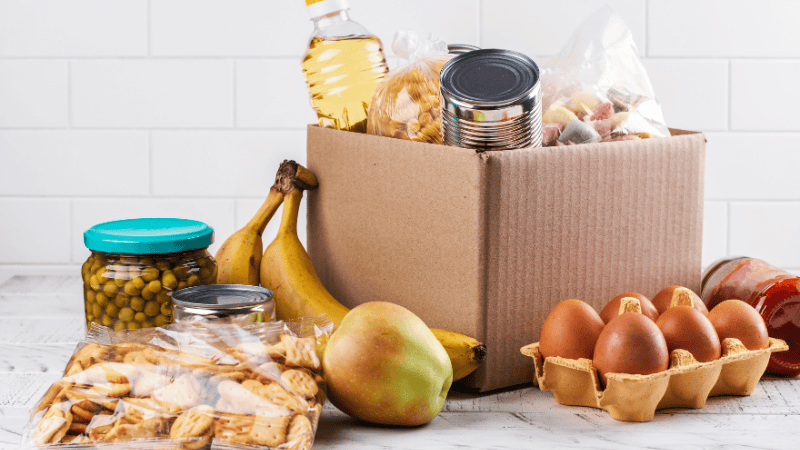
Food packaging plays a crucial role in preserving food products’ quality, safety, and overall integrity throughout their journey from production to consumption. Several key factors underscore the importance of effective and thoughtfully designed food packaging:
1. Preservation of Freshness
Proper packaging helps extend the shelf life of perishable goods by safeguarding them against external elements such as air, moisture, and light. This preservation not only ensures that consumers receive products at their peak freshness but also minimizes food waste.
2. Protection Against Contamination
Packaging acts as a protective barrier, preventing contamination from external sources such as bacteria, dust, or other contaminants. The packaging industry is especially critical for ensuring the safety of food products and safeguarding public health.
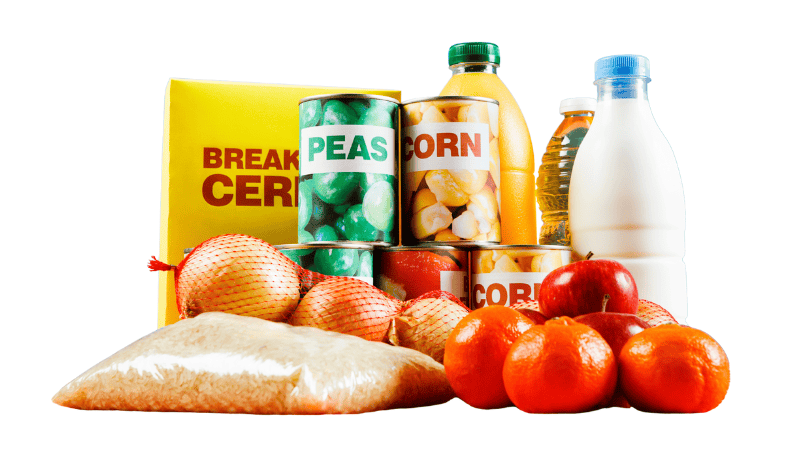
3. Information and Communication
Food packaging serves as a vehicle for conveying essential information to consumers. Nutritional facts, ingredient lists, expiration dates, and allergen warnings contribute to informed consumer choices, promoting transparency and trust between producers and consumers.
4. Brand Identity and Marketing
Well-designed packaging is a powerful marketing tool. It not only distinguishes a product on the shelf but also communicates brand values and aesthetics. Eye-catching and informative packaging can attract consumers and create a lasting impression.
5. Convenience and Portability
Packaging is instrumental in providing convenience to consumers in terms of storage, handling, and transportation. Whether it’s resealable pouches, portioned servings, or easy-to-carry containers, packaging enhances the overall consumer experience of food manufacturing.
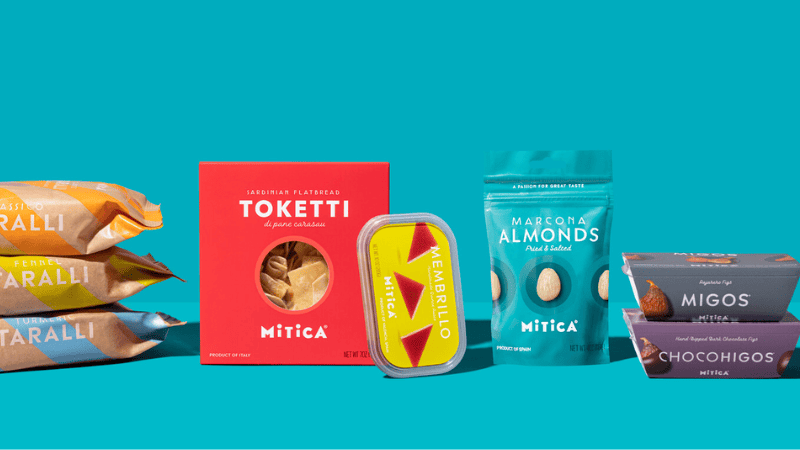
6. Regulatory Compliance
Adhering to regulatory standards for food packaging is imperative for the food industry to ensure legal compliance. Packaging must meet safety and labeling requirements, contributing to the overall accountability and credibility of food producers.
Ready to Get Custom Packaging for Your Business?
start with a low minimum order quantity
Exploring 13 Common Types of Food Packaging
When considering food packaging, the choice of materials is a pivotal decision that can impact product preservation, sustainability, and consumer appeal. Here are 13 different types of materials commonly utilized in the food packaging industry:
1. Paperboard Boxes
Sturdy and versatile, paperboard boxes are commonly used for dry and lightweight food items. They offer a printable surface for branding and product information.
2. Glass Jars and Containers
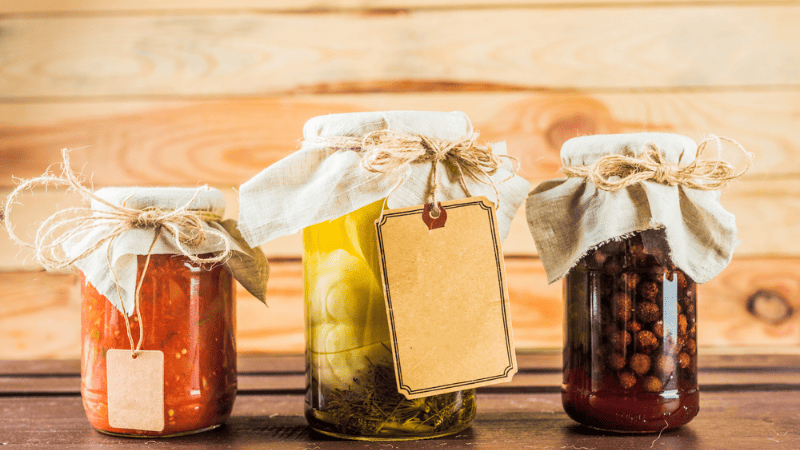
Glass provides an excellent barrier against moisture and air, making it ideal for preserving the freshness of various food products. It is recyclable and imparts a premium feel to the packaged goods.
3. Flexible Packaging
Lightweight and adaptable, flexible packaging includes materials like flexible pouches and sachets. It is suitable for a wide range of products and offers cost-effective solutions.
4. Corrugated Cardboard Boxes
Known for their durability, corrugated cardboard boxes are commonly employed for shipping and storing bulk quantities of food items. They provide robust protection against external elements. During the shipping of food, it can be better protected from destruction.
5. Bags
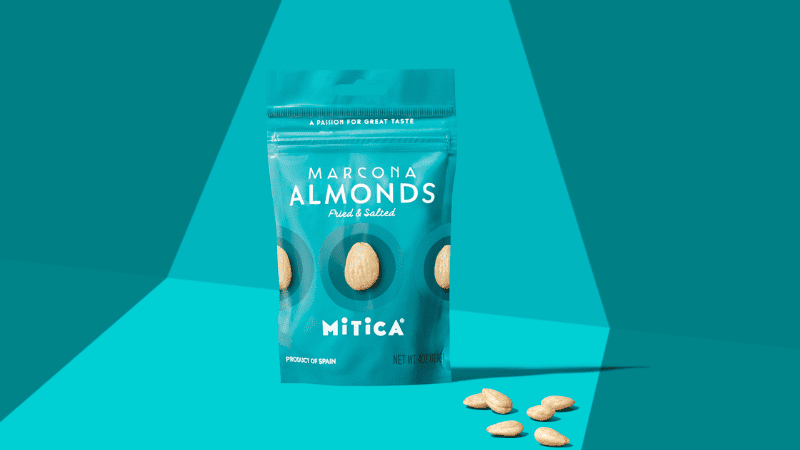
Bags are a versatile packaging option suitable for various products, including packaged foods, snacks, grains, and frozen foods. They come in different materials, including paper and plastic.
6. Recyclable Coffee Bags
Specially designed for coffee packaging, recyclable coffee bags often feature barrier layers to protect the freshness of the coffee while being environmentally friendly.
7. Plastics
Widely used due to their versatility, plastics are employed in various forms, including bottles, food containers, and films. They offer lightweight options but raise concerns about environmental impact.
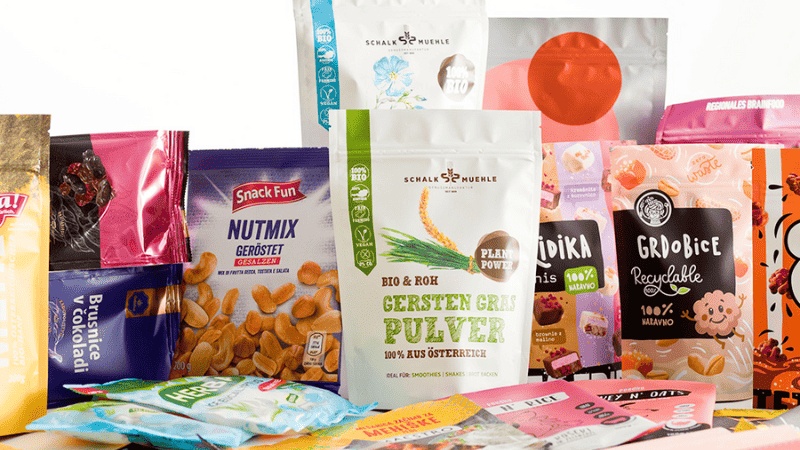
8. Pallets
Pallets are used for the transportation and storage of bulk quantities of packaged goods. They facilitate efficient handling during logistics.
9. Trays
Trays are commonly used for packaging fresh produce and meats. They provide structure and support for items during transportation and display.
10. Cans
Metal cans provide robust protection against external factors and are commonly used for preserving food, beverages, fruits, and vegetables. They are recyclable and have a long shelf life.
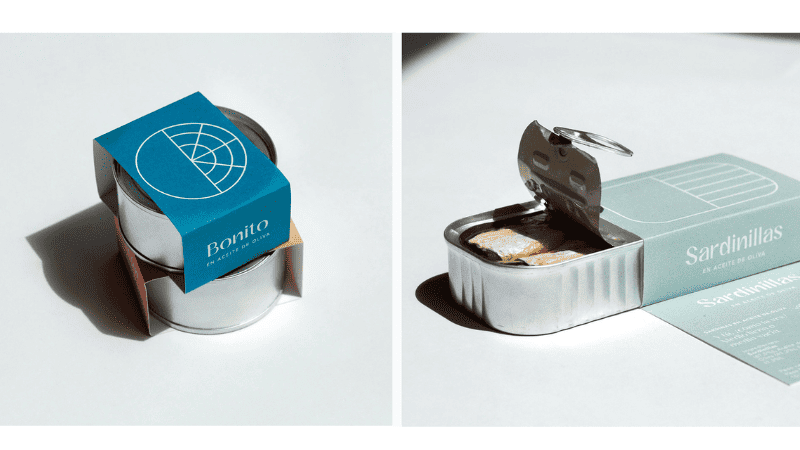
11. Wrappers
Wrappers, including films and foils, are used for individual packaging or bundling of products. They offer protection against contaminants and tampering.
12. Metalized Films
Versatile and protective, metalized films combine plastic with a metallic coating. It is ideal for snacks and candies, ensuring freshness and an extended shelf life.
13. Biodegradable Packaging
An environmentally friendly option, biodegradable packaging breaks down naturally, reducing environmental impact. Made from organic materials for sustainable packaging practices.
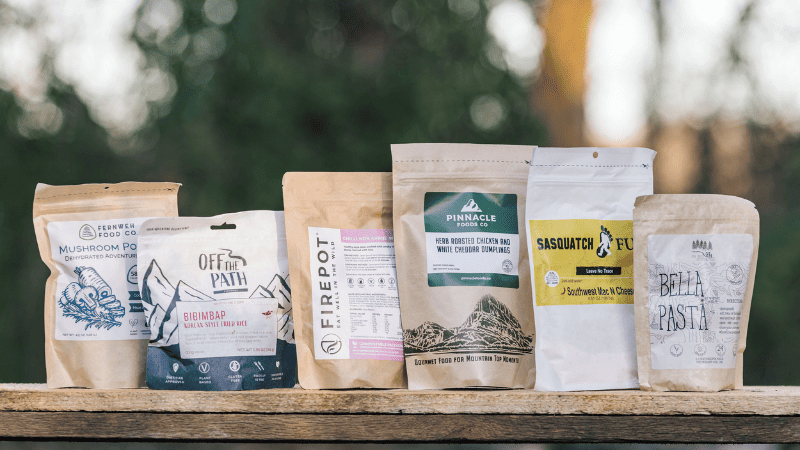
These diverse materials cater to different packaging needs, and the choice depends on factors such as the type of food, desired shelf life, environmental considerations, and branding goals of food manufacturers.
Selecting the appropriate material is a critical step in ensuring the overall success of a food product on the market.
Ready to Get Custom Packaging for Your Business?
start with a low minimum order quantity
Choosing the Right Food Packaging Materials
When it comes to preserving the freshness, flavor, and quality of food, selecting the appropriate packaging material is of paramount importance.
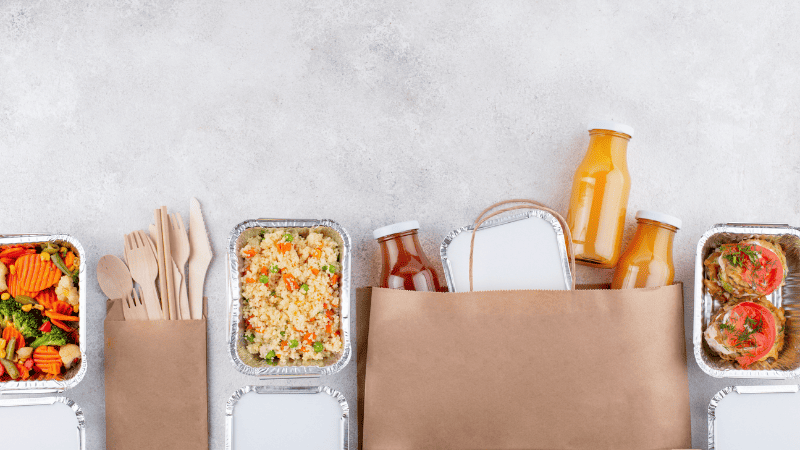
The right packaging not only maintains the integrity of the product but also ensures compliance with health standards and food safety regulations.
In this guide, we’ll delve into the specific packaging materials suitable for various food categories, exploring why each type is optimal for preserving the unique characteristics of different food items.
1. Fresh Produce (Fruits and Vegetables)
For fresh produce like fruits and vegetables, the ideal packaging material allows for proper ventilation and moisture control. Perforated plastic bags or clamshell containers made of PETE (polyethylene terephthalate) are popular choices.
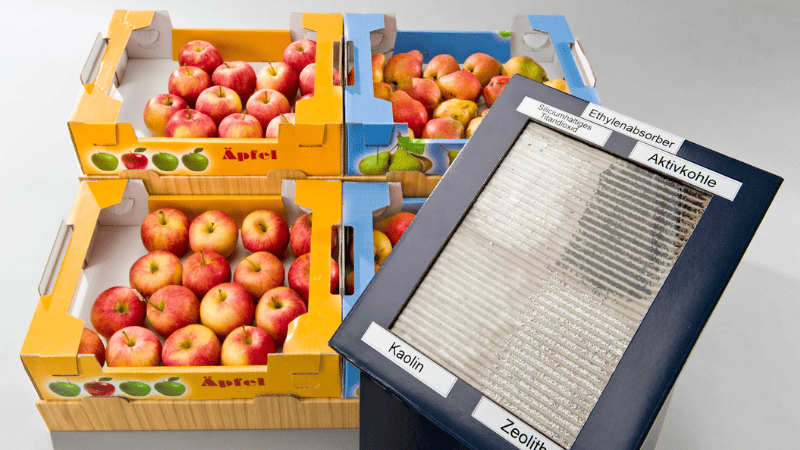
These materials strike a balance between protecting the produce from external contaminants and allowing sufficient airflow to prevent condensation, which can lead to mold and decay.
2. Dairy Products (Milk, Cheese, Yogurt)
Dairy products demand packaging materials that provide an effective barrier against light, oxygen, and external odors. Cartons made of aseptic paperboard or HDPE (high-density polyethylene) bottles are commonly used for milk.
Cheese and yogurt benefit from other materials, like foil or vacuum-sealed pouches, preserving their texture and flavor while ensuring hygiene and safety.
3. Meat and Poultry
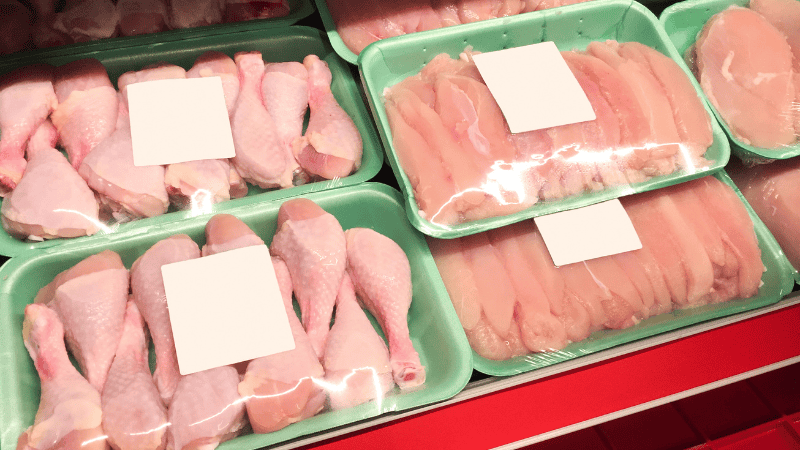
The packaging for meat and poultry must prevent exposure to oxygen and contaminants while maintaining optimal temperature control.
Vacuum-sealed plastic pouches or trays with a modified atmosphere, often consisting of a mix of nitrogen and carbon dioxide, are favored choices. These materials help extend the shelf life of the products while preserving their texture and flavor.
4. Baked Goods (Bread, Cakes, and Pastries)
Baked goods require packaging that protects against moisture, air, and light to prevent staleness and maintain their texture.
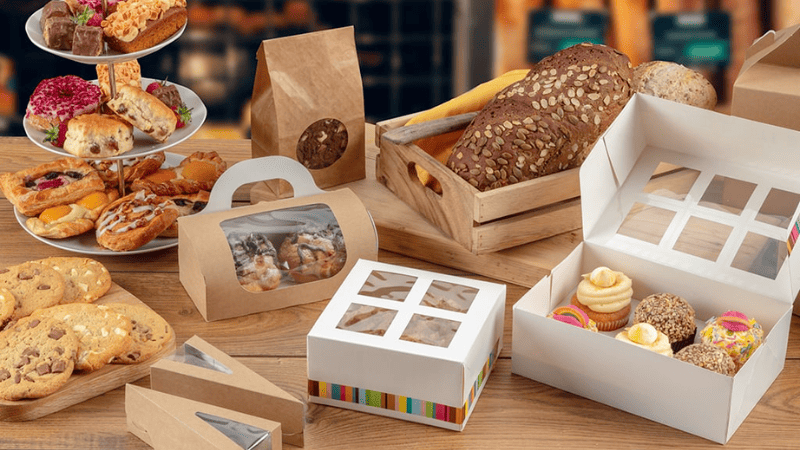
Materials such as polypropylene bags, aluminum foil, or paperboard boxes are commonly used. These materials provide a protective barrier while also allowing for proper presentation and easy handling.
5. Dry Goods (Cereals, Grains, and Nuts)
For dry goods like cereals, grains, and nuts, packaging materials must prevent moisture and air infiltration to ensure crispness and quality. Options such as laminated films, metalized bags, or resealable plastic pouches work well for preserving the freshness of these products and extending their shelf life.
6. Frozen Foods
Frozen foods require packaging materials that can withstand low temperatures while providing an effective barrier against moisture and freezer burn. Polyethylene bags, vacuum-sealed pouches, and laminated films with a moisture barrier are commonly used for frozen food packaging.
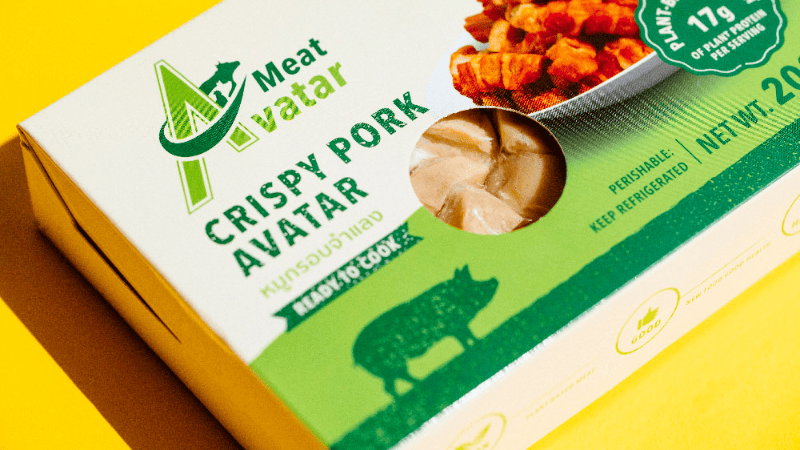
7. Beverages (Juices, Sodas)
Beverage demand packaging materials that protect against light and oxygen to maintain flavor and freshness. Materials like glass bottles, aluminum cans, or PETE plastic bottles are often preferred for their ability to preserve the quality of liquids while ensuring safety and convenience.
8. Snack Foods (Chips, Crackers)
Snack foods benefit from packaging materials that protect against moisture and air while preventing breakage. Flexible materials, such as plastic packaging, metalized films, polyethylene, or foil-lined pouches, provide the necessary barrier to maintain crispness and flavor.
9. Condiments (Sauces, Oils, Vinegar)
Condiments require packaging materials that offer a strong barrier against oxygen and light to prevent spoilage and maintain flavor. Glass jars, PETE bottles, or laminated pouches with specialized barrier layers are commonly used for condiments, ensuring product integrity and safety.
Ready to Get Custom Packaging for Your Business?
start with a low minimum order quantity
The Latest 7 Trends in Food Packaging Design
In the dynamic world of food packaging design, staying ahead of the curve is crucial to capturing consumer attention and making a lasting impression.

In recent times, we’ve witnessed a shift towards minimalist designs and creative packaging boxes for food, particularly in the realm of packaging boxes and paper bags. Let’s explore these trends and how they reshape the visual landscape of food packaging.
1. Minimalist Packaging Designs: Less Is More
Minimalist packaging has become a dominant force in food packaging design, where simplicity and clarity take center stage. The ‘less is more’ approach aims to eliminate unnecessary elements, focusing on clean lines, ample white space, and subtle color palettes.
Minimalist food packaging materials communicate a sense of sophistication and reflect a commitment to transparency and purity in the product itself.
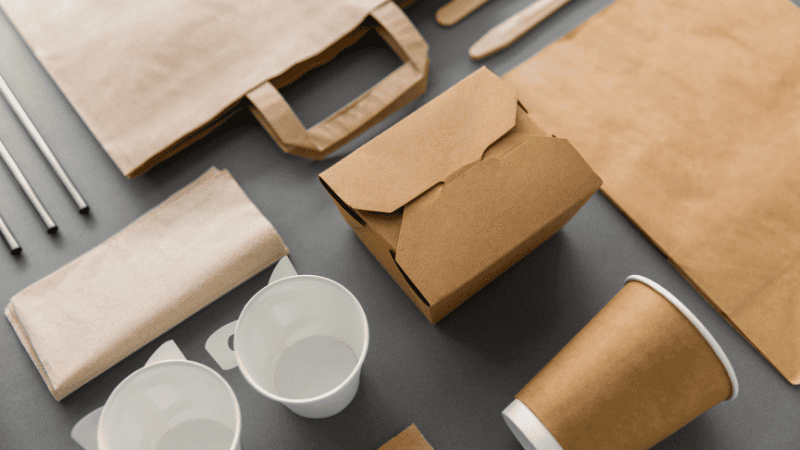
These designs often feature elegant typography, uncluttered graphics, and a cohesive color scheme that resonates with the brand identity. The goal is to create a visually pleasing and memorable experience for the consumer while maintaining a timeless quality that can endure evolving design trends.
2. Being Creative with Shape: Breaking the Mold
One of the most exciting trends in food packaging design is the departure from traditional box and bag shapes. Brands are increasingly exploring innovative and unconventional forms to make their products stand out on the shelf.
3. Geometric Shapes
Boxes and bags with unique geometric shapes are gaining popularity. Triangular, hexagonal, or irregular forms add a distinctive touch to the packaging, making it visually interesting and enhancing the overall brand identity.
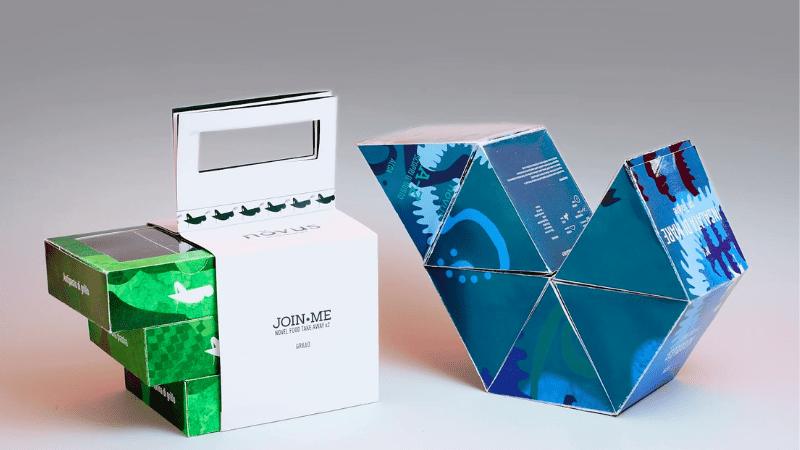
4. Die-cutting and Folding
Intricate die-cut patterns and folding techniques are employed to create visually striking food packaging options. These designs not only serve aesthetic purposes but also contribute to the functionality of the packaging, providing easy opening and closing features.
5. Sustainable Shapes
As sustainability becomes a more significant concern, brands are opting for eco-friendly shapes and designs. Packaging that can be repurposed, folded, or reused aligns with the growing demand for environmentally conscious choices.
6. Interactive Packaging: Engaging the Consumer
Innovative packaging goes beyond aesthetics; it engages the consumer on a tactile and interactive level. Brands are incorporating elements like pull-out tabs, pop-ups, or interactive QR codes that offer additional information, recipes, or promotions.
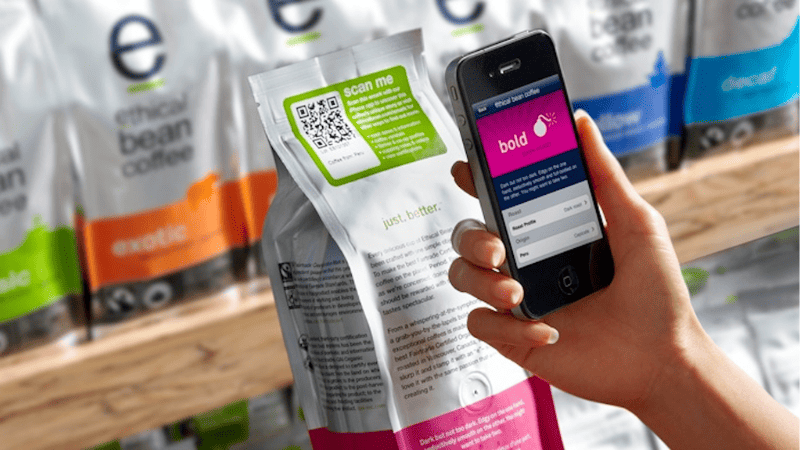
This creates a multisensory experience, making the packaging more memorable and fostering a deeper connection with the brand.
7. Storytelling Through Graphics: Illustrating the Brand Narrative
Graphics play a pivotal role in conveying the brand’s story. Food packaging designs are increasingly incorporating illustrations, hand-drawn elements, and custom typography to create a narrative that resonates with the target audience.
This trend humanizes the brand, evoking emotions and establishing a personal connection with consumers.
Ready to Get Custom Packaging for Your Business?
start with a low minimum order quantity
Conclusion
Food packaging is a vital aspect of food marketing that serves multiple purposes, from preserving the freshness and quality of food items to promoting brand identity and complying with regulatory standards. As a food producer, choosing the right packaging can have a significant impact on your business’s success.
With the 13 common types of food packaging materials we’ve explored, you can make informed decisions that align food manufacturing companies with your brand’s values, aesthetics, and consumer needs. Remember, effective packaging not only attracts customers but also contributes to a sustainable future for our planet.
Elevate Your Food Brand with Packoi
Elevate your food brand with Packoi, your all-in-one solution for custom food packaging and printing. We specialize in exclusive designs for food packaging, including marketing materials, display boxes, gift boxes, and shipping boxes.
Whether you’re launching a new product or expanding your food business, our fully customizable packages are crafted to align perfectly with your brand identity.
Packoi is here to help you showcase your culinary creations with exceptional food packaging supply chain solutions. Contact us today to learn more!


